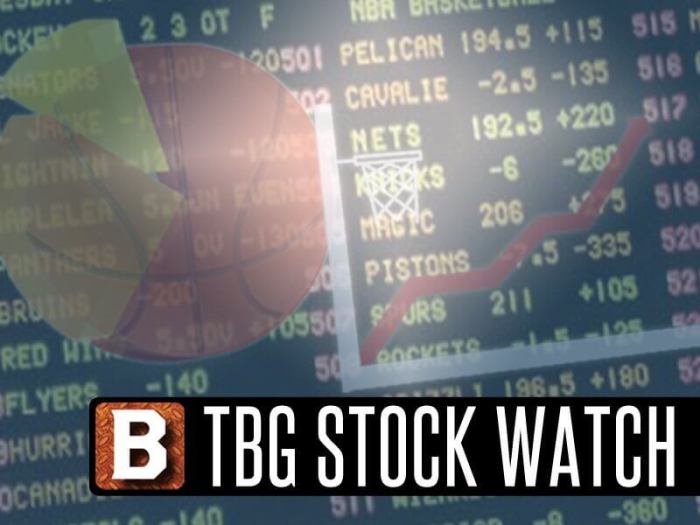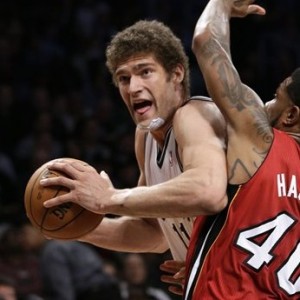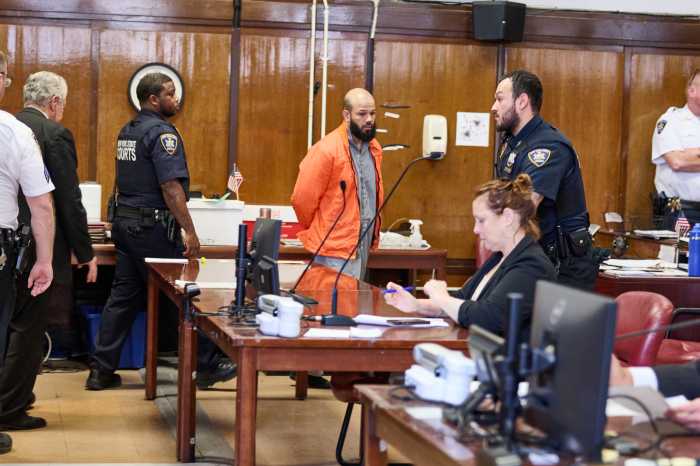
Name: Keyon Dooling
Position: PG/SG
Height: 6’3″
Weight: 196
Birth Date: May 8, 1980 (age 29)
Birth Place: Fort Lauderdale, FL
Number: 55
College: University of Missouri
Drafted: 2000, 1st round, 10th overall by Orlando
Experience: 9 season
Contract: $3.56 million in 2009-10
On offense:
Dooling proved that his solid 2007-08 season was no fluke by posting a career high in points (9.7) off the bench backing up Devin Harris and Vince Carter. After his 07-08 campaign in Orlando where he posted a career high in True Shooting (TS) percentage of 57.2, more than a 7 percent rise from the year before, ESPN’s John Hollinger cited such a leak in TS as a “red flag.” However, Dooling posted a 56.2 TS last season, good for 20th among all shooting guards who played at least 500 minutes last year. So the red flags should probably be lowered.
Dooling was able to put up a strong TS in large part because of his three-point shooting last year. He shot a career high 42 percent from three last year, good for 16th overall in the league. Of the 261 field goals Dooling made last year, 99 of them were treys. Dooling has also always been a good free throw shooter, posting an 80 percent lifetime FT average. He shot 83 percent from the charity stripe last year, but also got to the line less than the year before when Dooling was attacking the basket more often. He shot 39 less free throws in 740 more minutes last year, compared to the year before. About 24 percent of all of Dooling’s shots last year were inside shots, compared to 29 percent the year before.

The other big issue for Dooling, and something that is especially worth watching this upcoming season with the arrival of PG Rafer Alston, is where do you want play Dooling? At 6’3” he’s always been considered more of a tweener – not quick enough and not a good enough ball-handler to play point, but undersized to play the two. Last season, Dooling ran the point 30 percent of the time for the Nets, and was at the two 22 percent of the time. However, his numbers were down at the point. His Player Efficiency Rating (PER) was 14.9 at the point compared to 15.6 at the two, according to 82games. He also had a lower effective field goal (eFG) percentage at the point (49 percent compared to 56 percent) and had a higher turnover ratio (2.7 compared to 2). Also, when analyzing Nets rotations at 82games, and a rotation of Harris-Dooling-Carter-Anderson-Lopez was good for a +8, a rotation of Harris-Dooling-Carter-Hayes-Lopez was good for a +23 (the highest for a rotation involving Dooling), while the rotation of Dooling-Carter-Hassell-Yi-Lopez, essentially the starting lineup with Dooling in for Harris, had an astounding -47.
Further cementing Dooling’s “tweener” status is his passing ability. Dooling averaged 6.2 assists per 48 minutes, which would rank him 7th out 40 shooting guards who played in at least 70 games or had more than 400 assists. As a point guard, that ranking drops him down to 36th out of 44 point guards who played in at least 70 games or had more than 400 assists. Similarly, Dooling’s assist ratio – percentage of a player’s possessions that ends with an assist – of 25.9 ranked him 4th out of qualifying shooting guards, and 36th among point guards.
On defense:
Where Dooling looked to truly slip from his 2007-08 season was on the defensive end. After 07-08, Hollinger called Dooling an “elite defender” and a “worthy candidate” for the All-Defensive team. Similarly, Draft Express called Dooling “a very talented defender who has the developed intensity to use his physical assets.” This praise was due in large part to the fact that the Magic in 07-08 gave up 3.9 fewer points per 100 possessions when he was on the court versus when he was on the bench.
Dooling just did not appear to have that kind of a presence on the defensive end with the Nets last season. For instance, the Nets defense gave up 4.5 more points with Dooling on the court, compared to when he was on the bench. Some of that may have had something to do with his ongoing hip injury last season, which he addressed with surgery during the summer. You also have to consider the vast amount of minutes he logged at the point guard position compared to the year prior, where he only played 18 percent of the team’s minutes at PG (and 15 percent at the two). When Dooling was on the floor at the point last year, opposing PGs torched him for 54 percent eFG and 19.6 PER. Opposing shooting guards fared worse, but not terribly, posting a 52 percent eFG and a 16.6 PER. Her certainly looked more lock-down at the post with Orlando two seasons ago when opposing PGs had a 46 percent eFG and a 14.5 PER when Dooling was playing point.
Miscellaneous:
It’s worth keeping an eye on Dooling’s injury status going into the preseason. He was still not fully recovered from his hip surgery when the Nets held their open practice at the beginning of September. Meanwhile, his name is also getting thrown around in trade talks, most notably with the Miami Heat who are seeking a backup PG.
Comment:
If the nets do intend to keep both Rafer Alston and Dooling as bench players this season, one would imagine that Alston, the more pure point guard who actually was the starter on an NBA finals team last season, would play the bulk of the time backing up Devin Harris and Dooling would be more of a two guard. Coach Lawrence Frank might also be tempted to go with some small lineups with Alston at the point, Harris at the two and Courtney Lee at the three, which could takes some overall minutes away from Dooling. Because of the depth the Nets have in the backcourt, Dooling will likely be allowed as much time as possible to recover from his hip surgery. It will be interesting to watch to see if Dooling can build on his offensive performance from last year or if he has some accumulated rust from the injury.
More on Dooling:
NetsAreScorching

















